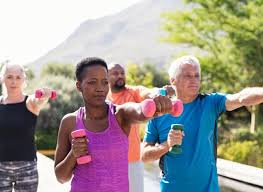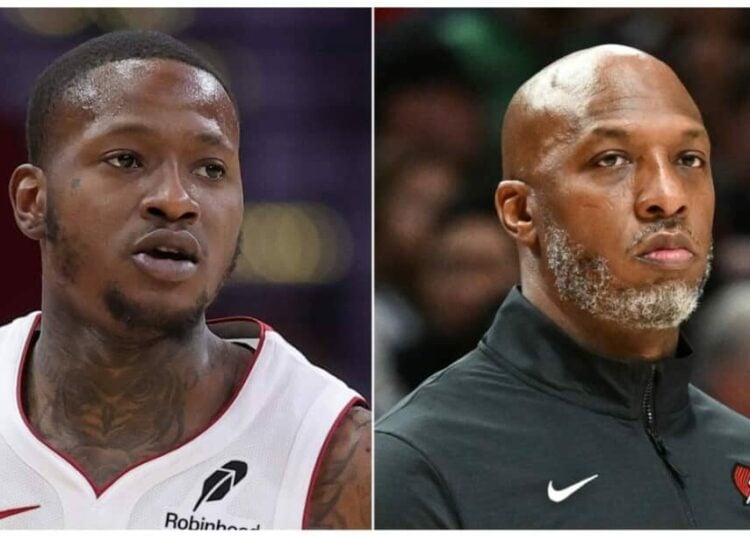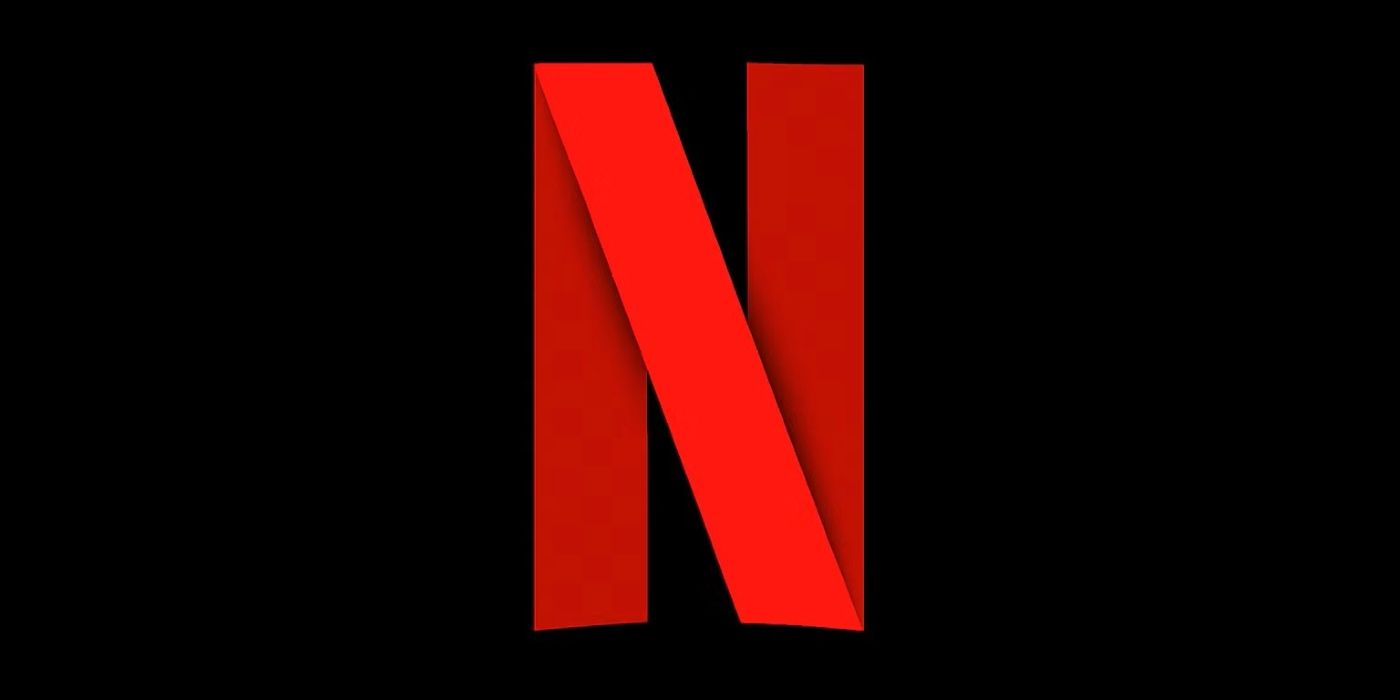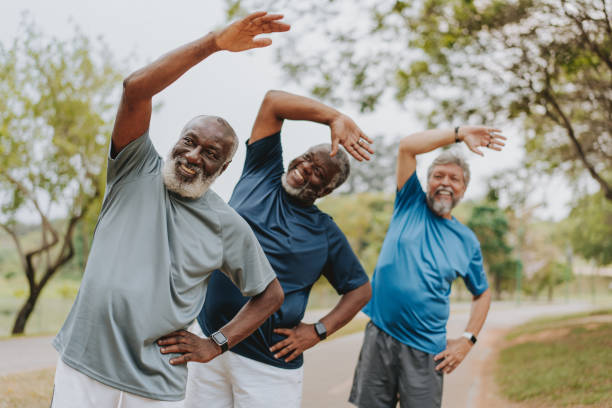Defy Aging: Why Building Muscle After 50 Is The True Fountain Of Youth!

Maintaining strength and capability after the age of 50 is fundamentally about cultivating resilience and ensuring continued activity and independence throughout the later years of life. While a fit physique is often associated with youth, the focus shifts to building and preserving lean muscle mass as one ages, a process that requires a more deliberate and informed approach than in younger decades. This necessity stems from a natural physiological phenomenon known as sarcopenia.
Sarcopenia, the involuntary loss of muscle mass, typically begins around age 30, affecting both men and women, who experience an approximate 3–5% reduction in lean mass per decade. For women, this process can accelerate significantly during perimenopause and menopause due to fluctuating estrogen levels, particularly as they enter their 50s. Despite these natural challenges, building muscle after 50 is not only achievable but profoundly beneficial, serving as a vital investment in future health and well-being. The well-documented connection between adequate muscle mass and sustained health underscores its role as a veritable “fountain of youth.”
Nikki Ternay, CPT—a seasoned health and fitness coach emphasizes that strength training is exceptionally effective in counteracting sarcopenia. It actively stimulates muscle growth, helps maintain vital bone density, enhances mobility, and contributes significantly to overall health. For women over 50, engaging in weightlifting can directly mitigate the accelerated muscle loss influenced by both aging and hormonal shifts.
Beyond maintaining physical function, lean muscle mass plays a critical role in disease prevention. Ternay highlights that a higher muscle-to-fat ratio significantly lowers the risk of developing common age-related conditions such as arthritis, diabetes, osteoporosis, high blood pressure, heart disease, and obesity. Furthermore, muscle tissue is metabolically active, burning more energy and contributing to stable blood sugar levels, which can substantially reduce the likelihood of developing type 2 diabetes.
To effectively build and sustain muscle after 50, experts recommend several key strategies:
Embrace Weightlifting Consistently:
Progress can be achieved through a resistance training routine performed three days per week. Ternay notes that while muscle building is possible at any age, the body, especially during menopause, requires a greater stimulus to achieve desired results. To meet this goal, focus initially on major muscle groups like the legs, back, and core, gradually expanding the routine. Beginners should start with fewer sets and progressively increase them. Crucially, select a weight that makes the final one or two repetitions challenging yet still manageable with proper form.
A sample weekly plan might include full-body workouts on Day 1 (legs, back, core), Day 3 (chest, shoulders, arms, core), and Day 5 (legs, back, chest, core), interspersed with rest or low-impact active recovery days such as walking, biking, swimming, or stretching.Prioritize Warming Up and Cooling Down:
As individuals age, muscles generally require a longer period to adequately warm up for exercise. A proper warm-up, lasting 15–20 minutes, prepares the body by increasing circulation and reducing the risk of injury. Recommended activities include gentle walking, using a stationary bike, or performing bodyweight movements like planks and squats. Equally important is the cool-down, which allows the body to gradually return to its resting state and safely lowers the heart rate. A 10–15-minute cool-down, incorporating gentle stretching, light walking, or using a foam roller or massage gun, helps the body recover and mitigates post-workout soreness.Master Proper Form:
Before incorporating weights, it is essential to learn and practice exercises with correct form. This ensures the targeted muscles are effectively engaged while minimizing the risk of injury. Beginners are strongly encouraged to seek guidance from a reputable trainer, either in person or virtually, to establish proper technique and receive a personalized program. Starting with bodyweight exercises such as squats, lunges, and push-ups can help develop body awareness before progressing to weights and resistance exercises.Photo credit: Istockphoto Integrate Stretching and Flexibility:
Flexibility gains importance with age, not just for workouts but for facilitating everyday activities. Improved mobility enhances the ease of reaching, bending, and moving, thereby reducing strain and injury risk. Within workouts, good mobility allows for proper positioning, maximizing exercise benefitsCultivate a Positive Mindset:
Approaching exercise as a celebration of the body rather than as punishment. Instead of focusing on calorie burning or “undoing” food choices, viewing exercise as a long-term investment in health, energy, and independence can profoundly influence one’s attitude and consistency. Ternay explains that “exercising is a way of taking care of your body and giving you a better chance at a long life of living independently.” A higher muscle mass correlates with better function and well-being, offering greater autonomy in movement and daily activities.

In addition to a science-backed exercise regimen, proper nutrition is indispensable for building muscle after 50. Protein, in particular, is crucial for muscle repair and growth post-workout. Without adequate protein intake, it becomes difficult to counteract age-related muscle loss, regardless of training intensity. A general guideline suggests aiming for 25–30 grams of protein per meal, ideally across three meals a day, to effectively support both muscle maintenance and growth. While the timing of protein intake throughout the day is less critical, ensuring sufficient overall daily consumption remains paramount.
You may also like...
NBA Scandal Rocks League: Billups, Rozier Face Charges in Explosive Sports Betting Probe

Two major federal investigations have rocked the NBA, leading to the indictment and arrest of Portland Trail Blazers coa...
Streaming Wars Intensify: Netflix Exposes Paramount's Role in Industry's 'Brutal Crisis'

Netflix co-CEO Greg Peters has strongly criticized Hollywood's reliance on mergers, arguing they fail to address fundame...
DCU's Epic Future: James Gunn Taps George R. R. Martin's Lore for Major Storylines

James Gunn's DC Universe is heavily influenced by George R.R. Martin's "A Song of Ice and Fire," shaping its structure, ...
K-Pop Firestorm: LE SSERAFIM & J-Hope Unleash 'Spaghetti' Collaboration

LE SSERAFIM has released their new EP, “Spaghetti,” featuring a significant collaboration with BTS’ j-hope, marking his ...
South Africa's Legal Earthquake: Black Coffee Ruling Redefines Marriage Equality

South African actress Enhle Mbali Mlotshwa has won a landmark legal battle, with the Johannesburg High Court validating ...
Groundbreaking! Nigeria Unveils First-Ever Afrobeats Reality Show!

XL Creative Hub introduces "Battle of the Beats Season 1," Nigeria's inaugural Afrobeats production reality show, runnin...
Davido's Diplomatic Daze: Superstar Meets French President Macron!

Nigerian afrobeat superstar Davido recently met with French President Emmanuel Macron in Paris, an event he shared on hi...
Botswana Confronts Wildlife Conflict: Bold New Strategy to Protect Eco-Tourism

Botswana's Minister of Environment and Tourism, Mr Wynter Mmolotsi, announced that addressing human-wildlife conflict is...

:max_bytes(150000):strip_icc()/Health-GettyImages-WhatToEatAfterWorkout-c65c20b1877a4b0ba16dcc0e4007198f.jpg)
:max_bytes(150000):strip_icc()/GettyImages-2168231775-c4018b6eacbb4c518dc9dd2e3f8acdc6.jpg)